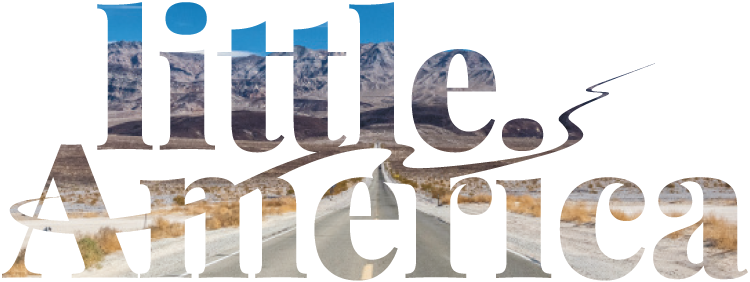Museums that preserve history
To experience the rich heritage and culture of Canada's diverse Indigenous groups up close, there are numerous museums in Canada that present extensive collections and exhibitions on this topic:
1. The Museum of Anthropology: This museum in Vancouver, British Columbia, is known for its extensive collection of art and artefacts from the First Nations of the Pacific Northwest. The huge totem poles and detailed carvings are a particular highlight. Another major museum in the area is the Museum of Vancouver, which is the oldest museum in the city and focuses on the area’s history in connection with the First Nations.
2. The Bill Reid Gallery of Northwest Coast Art: This museum that is also in Vancouver, British Columbia, is dedicated to the life and work of the famous Haida artist Bill Reid and displays a variety of his works as well as those of other Indigenous artists of the Northwest Coast. And Vancouver's Inuit Gallery has an exhibition of Canadian Aboriginal art, ranging from sculptures to jewellery.
3. The Royal Ontario Museum (Toronto, Ontario): With an important collection of indigenous art and artefacts, the ROM offers a comprehensive insight into the various cultures in Canada, from prehistoric times to the present day.
4. Canadian Museum of History: One of the most popular is The Canadian Museum of History found in Gatineau, Quebec. The First Peoples Hall showcases the diversity of the First Nations, Inuit and Métis and their contribution to the culture and history of Canada and the rest of the world. Admire artefacts, artwork and audio-visual presentations that provide an in-depth look at the lives and culture of Canada's Indigenous peoples.




















